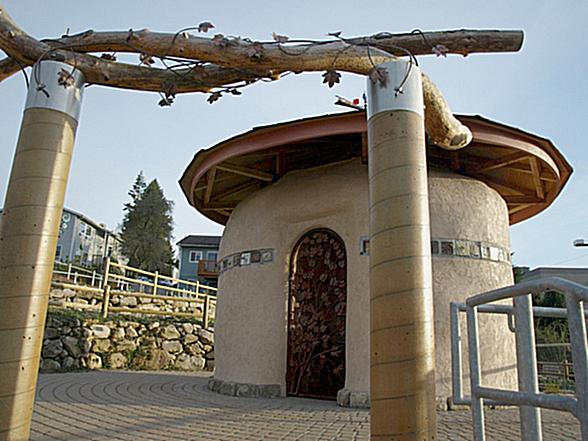
Maple Leaf did not become active until 1983 when, under the leadership of Puni Hokea and Peter Orser, they formed the Maple Leaf Community Council.

Groups lobbied for everything from electric service to parks and boulevards, and usually got results. In the mid-1960s, Interstate 5 sliced along the western boundary of the hill.Īs early as 1900, Seattle neighborhoods began organizing to put their interests before the city council. In 1950, Northgate, the nation's first regional shopping center designed as a mall, opened its doors and parking lots northwest of the neighborhood. After World War II, Lake City Way NE became a main corridor for the housing boom that swept the area. Monumental changes swept around Maple Leaf during the last half of the twentieth century. The area south of the school, including the street, became Sacajawea Playfield in 1971. A permanent structure was opened in 1959.
#Maple leaf seattle portable#
In 1955, Sacajawea School was started with nine portable buildings. Until 1954, the city limits stopped at N 85th Street, which was also the limit of streetcar service. Hiromu sold the property in 1973 for an office development. When the family was interned during World War II because of their Japanese ancestry, Hiromu Nishitani's Caucasian wife remained behind to manage the property. They raised 10 children and were able to buy the property in 1920. 1926) and Jin Nishitani leased five acres of stump land on NE 98th Street and opened a nursery and oriental gardens. Japanese immigrants were attracted to the area. The area remained a quiet residential community, somewhat cut off from Seattle by politics and geography. When the Seattle Water Department built a drinking water reservoir on the hill in 1912, they called it the Maple Leaf Reservoir.

The first residents organized the Maple Leaf School District in 1907. The name may have come from the Maple Saw Mill that operated to the east on Lake Washington or from some maple trees that once grew in the area. In 1894, the area appears on maps as a plat by real estate promoters and was called the Maple Leaf Addition to the Green Lake Tract. In 2001, Maple Leaf was a rough triangle bounded by Northgate Way, Interstate-5, and Lake City Way NE. The residents were late to organize themselves politically, but their patient and focused persistence soon gained nationwide recognition. The last half of the twentieth century saw dramatic changes to the area, but Maple Leaf remained a stable home to middle-class families.

Although Seattle's Maple Leaf neighborhood appeared in the 1890s as a dream of real estate developers, the hilltop community northeast of Green Lake was slow to grow.


 0 kommentar(er)
0 kommentar(er)
